TV Logic F-5A 5″ LCD Monitor
Call for Price
The F-5A is a compact and light-weight field production monitor with Full HD resolution of 1920 x 1080, nice viewing angle and max luminance of 500nit.
Audio Level Meter Display
Displays the level of the embedded sound signal together with the video signal input through the terminal such as SDI or HDMI.
Blue Only / Mono
Red and Green channels are not used and only Blue or Monochrome channel is used to display the screen. This function is used to adjust the color tones (tones and saturation) of the screen using the SMPTE Color Bar. For example, after displaying the Blue channel, adjust the Color (or Saturation) and Tint (or Hue) so that the original Magenta and Cyan are of the same brightness, and the original Gray and Blue are of the same brightness.
Focus Assist
Assigns a color to the pixels on the boundaries of the image to inform the user to achieve the best focus. With this function, user can easily differentiate the focused area from out-focused area especially when shooting with a shallow depth of field.
H/V Delay
Allows you to check the Blanking area and synchronize signals by displaying the horizontal and vertical intervals in the center of the screen.
H/V Flip
Allows the displayed image to be flipped horizontally or vertically. This feature provides flexible mounting options for camera operators.
Key Lock
Locks the knob or key control.
Luma(Y’) Zone Check
Displays the Luma(Y’) level of the input image in colors. Each pixel’s Y’ analyzed and changed to a certain color or zebra pattern according to the Index on the right side of the screen.
Marker
Displays various kinds of aspect ratios on the screen. Wide range of markers and security areas are available with line color and curtain transparency selection. A User Marker is available if any of standard markers fits your requirements.
Max Brightness On/Off
Displays the brightness increases from the normal up to max brightness to obtain a sharp and bright image when shooting outdoors.
Range Error
Anahlyzes the input signal’s Luma(Y’) and chroma information(C’) and if the input signal exceeds the designated minimum value and maximum value, the pixel shall blink. This function is to help the user to easily find out any unwanted levels of signals and for a better exposure setting.
Time Code Display
Displays the Timecode information on the screen.
User Aspect
Adjusts the Width /Height display ratio.
Various Scan Modes
Controls the size of the image. Overscan: Extra area around the four edges of the image that may not be seen reliably by the viewer. Underscan: Constrains the size of the image so the monitor shows everything the camera is seeing. 1:1 pixel: Displays the original image resolution without scaling to match a certain resolution or an aspect ratio.
Waveform/Vector Scope
Waveform Y: Displays the Luma(Y’), Cb, Cr component of the input signal into waveform.
Vector Scope: Displays the color components ‘B-Y’ and ‘R-Y’of the input signals onto the X-Y axis.
Zoom
Magnifies the input signal from 0% to 90%.
Camera Lut.
Applies the LUTs to the outbound Log signal. A LUT for every major camera manufacturer has been included(LOG-C, C-LOG, S-LOG 1,2,3 and RED Gamma 3,4).
ARRI Alex Metadata over SDI
Takes the Metadata from the ARRI ALEXA is transported through the SDI outputs of the camera, and displays it on the monitor.
Split Zoom
Zooms the specified area sequentially.
Anamorphic Desqueeze
Supports several formats and resolutions that are ideally suited for anamorphic lenses and aspect ratios. When shooting anamorphic the image you are monitoring is an “unsqueezed” preview of what’s actually being recorded.
Sleep Mode
Sets the LUMINANCE to the minimum value when the time set in the still image output is exceeded.
HDR Emulation
The HDR emulation function allows users to check how an HDR image will look at the shooting location. Adjustable modes are PQ, HLG and SLog3.
Custom 3D LUT Import
Allows you to load your making 3D-LUT files at NLE software like Davinci Resolve by USB flash memory and displays your LUT on VFM-055A or F-7H. Once you synchronize LUTs in the monitor, you will easily change them on production.
| Manufacturer |
|---|
Specs
isplay Spec.
| Size | 5.5″ |
| Resolution | 1920 X 1080 (16:9) |
| Pixel Pitch | 0.0213(H) X 0.0639(V)mm |
| Color Depth | 16.7M |
| Viewing Angle | 160°(H) / 160°(V) |
| Luminance | 500cd/m2 |
| Contrast Ratio | 1,000 : 1 |
| Display Area | 122.7(H) × 69(V) mm |
Input
| 1 X BNC | 3G-SDI Input |
| 1 X HDMI | HDMI Input |
Output
| 1 X BNC | 3G-SDI Output |
| 1 X HDMI | HDMI Output |
Audio
| Audio In | Embedded Audio |
| Audio Out | Analog Stereo (Phone Jack) |
FPGA Functions
| , 3G-SDI Level A/B, Audio Level Meter Display, Blue Only, Focus Assist, H/V Delay, H/V Flip, Key Lock, Luma(Y’) Zone Check, Marker, Max Brightness On/Off, Mono, Range Error, Time Code Display, User Aspect, Various Scan Modes, Waveform/Vector, Zoom, Camera Lut., Arri Camera Metadata |
Closed Caption
Calibration
| , 3D LUT & Adjustable Gamma, 3rd Party 3D LUT Import |
Other Functions
| USB | Firmware update by USB memory stick |
| Ethernet | |
| Conversion | HDMI-to-HDMI, HDMI-to-SDI, SDI-to-HDMI, SDI-to-SDI, |
Options
| Battery Bracket, HDMI Bracket, Camera Mount, Ball Head, Carrying Case, D-Tap Cable, External Acrylic Filter, Sun Hood, L-Type BNC Connector , |
Be the first to review “TV Logic F-5A 5″ LCD Monitor” Cancel reply
You must be logged in to post a review.
Related products
Production
Production
Production
Production
Production
Production


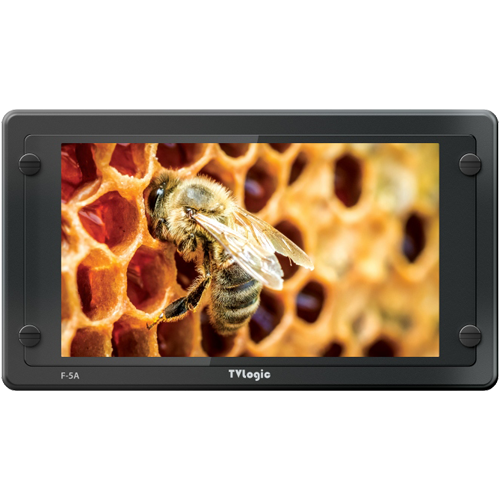


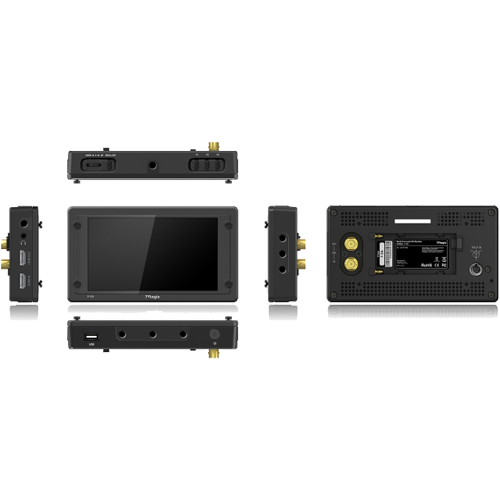
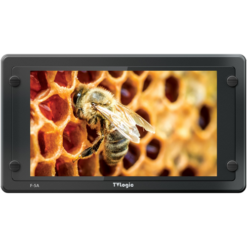
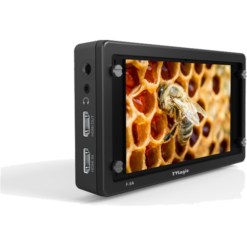
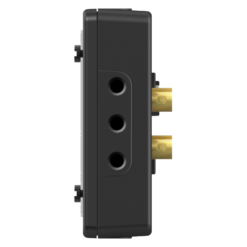
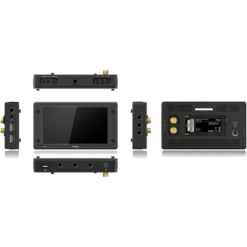
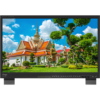
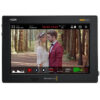
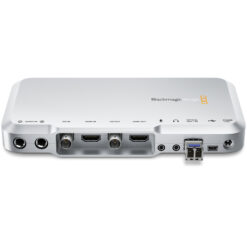
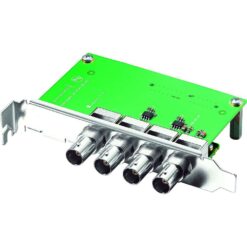
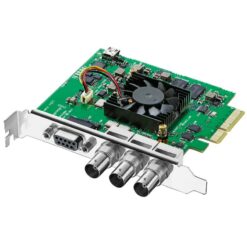
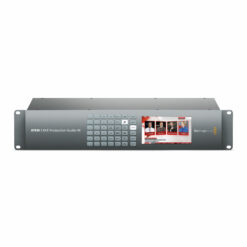
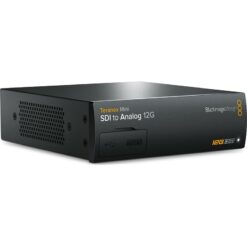
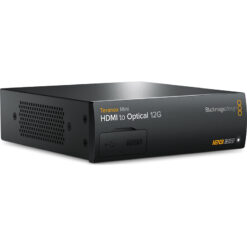
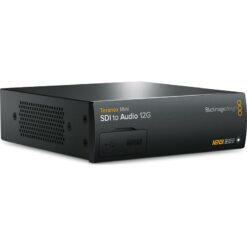
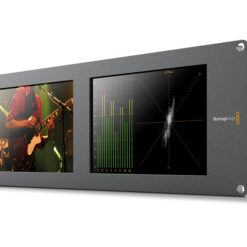
Reviews
There are no reviews yet.